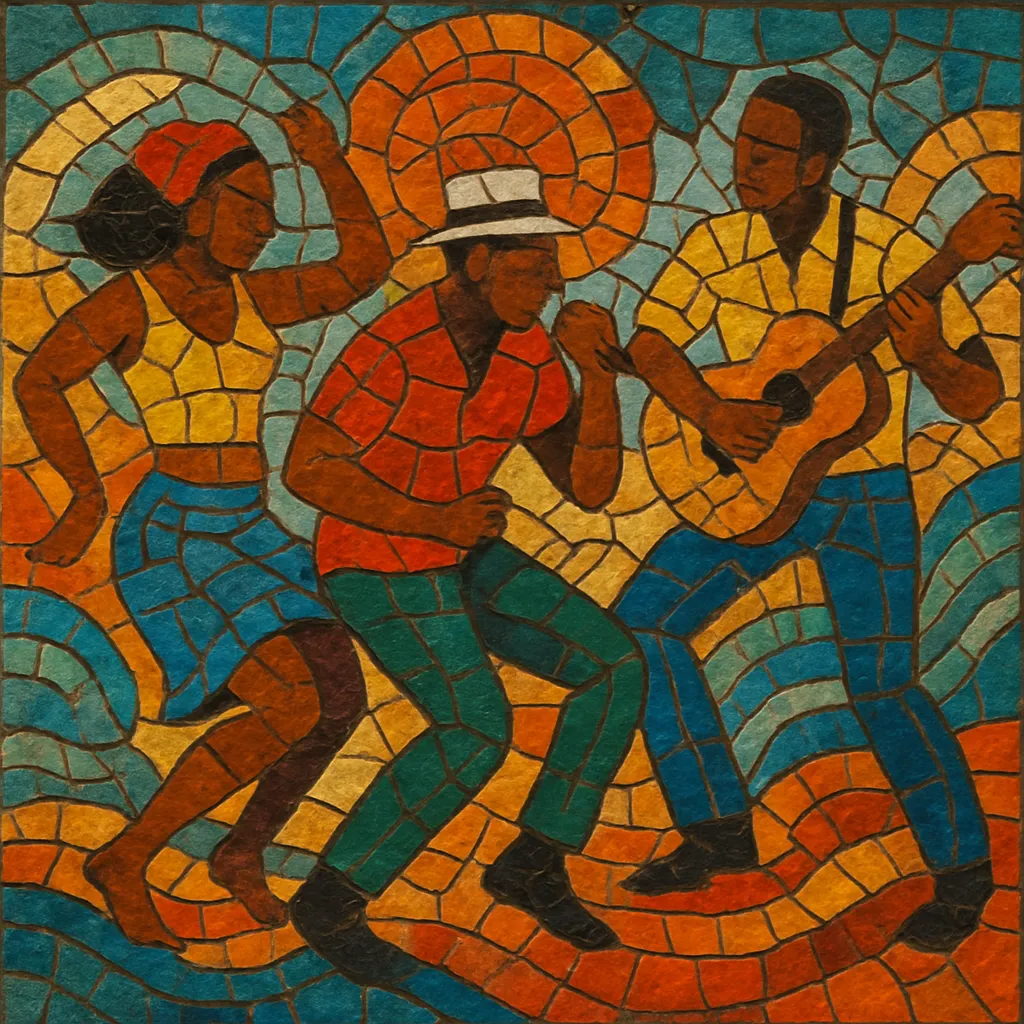Ndombolo is a high-energy Congolese dance music style that modernizes soukous with faster tempos, razor-sharp "sebene" guitar riffs, and an emphatic, dance-led performance ethos.
It is characterized by bright electric guitars playing interlocking, syncopated lines; driving bass and kick drum patterns that keep the floor moving; call-and-response vocals in Lingala and French; and the presence of an "atalaku" (animateur) who punctuates the groove with chants, shouts, and dance calls.
The music is inseparable from its choreography: the ndombolo dance features hip-driven, athletic movements that helped the genre explode across Central and East Africa, Francophone Europe, and beyond.
Ndombolo emerged in the late 1990s in the Democratic Republic of the Congo as an accelerated, dance-centric evolution of soukous and Congolese rumba. It retained the guitar-driven heart of those styles but pushed tempo, stage choreography, and crowd interaction to new heights, making it one of Africa’s most visible club sounds in the early 2000s.


